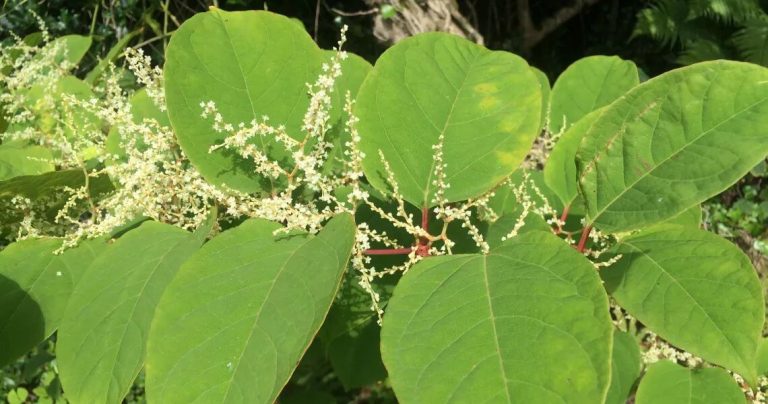
 Knotweed News
Knotweed News
The INNSA Code of Practice for Japanese Knotweed
Author: Mike Clough
Date Posted: Wednesday 31st May 2017

0161 723 2000
8AM to 5PM

Author: Mike Clough
Date Posted: Wednesday 31st May 2017

The Environment Agency Code of Practice – Managing Japanese Knotweed on Development Sites has been the go-to document for over fifteen years for contractors and developers looking to manage Japanese knotweed.
Written by Trevor Renals, the original document was released in 2001 into a development landscape where Japanese knotweed was very much an unknown quantity. Some developers had experience of this plant, and relied on landscape contractors with experience of getting rid of it.
Others paid the price for their lack of knowledge when houses, commercial developments and civil engineering projects were left contaminated with this damaging invasive species after inadequate measures were implemented to stop the plant from spreading.
The Code of Practice laid out land managers’ and contractors’ responsibilities, as well as best practice for dealing with Japanese knotweed surface growth, rhizome and soils containing Japanese knotweed, and introduced many to the concepts of cross-contamination, clean sites, knotweed management plans and methods for remediation.
In the years that followed, specialist companies emerged who were dedicated to dealing with Japanese knotweed and working with housing developers, civil engineers and land owners to minimise the damage that this invasive plant can cause.
The Japanese knotweed Code of Practice was updated as new technologies emerged, including stem injection and soil screening, and the code has remained a relevant and reliable resource throughout.
In 2012, Mike Clough of Japanese Knotweed Solutions brought together a group of long-established invasive species specialists to form what would become the trade body INNSA – a group dedicated to improving standards in the invasive species industry. As part of their drive to ensure that clients receive reliable, consistent performance from invasive species contractors, the INNSA Standards were launched. These best-practice guidelines – based on the requirements laid out in the EA code – provide peace of mind and a demonstration of the quality and expertise of all contractors who work according to these stringent criteria.
In 2016, the Environment Agency withdrew the Japanese Knotweed Code of Practice due to new government guidelines. In order to maintain the key facts of the document and preserve access to the guidance it contained, the document was provided to the leading organisations in the field of invasive species remediation.
After significant work by respected industry figures, in March 2017, INNSA released the new Code of Practice – Managing Japanese Knotweed, which will continue the legacy of the EA Code.
The document will continue to provide guidance for land owners, land managers and contractors In order to best prepare them for works in this field. New information has been added regarding current legislation, pesticides and the Code also includes the INNSA Standards, revised in light of the latest guidance from the Environment Agency.
As the leading body dedicated to the invasive species industry, INNSA will continue to update and maintain the Code in the public domain for the good of the industry, our members and their clients.
Chris Oliver, Operations Manager, Japanese Knotweed Solutions